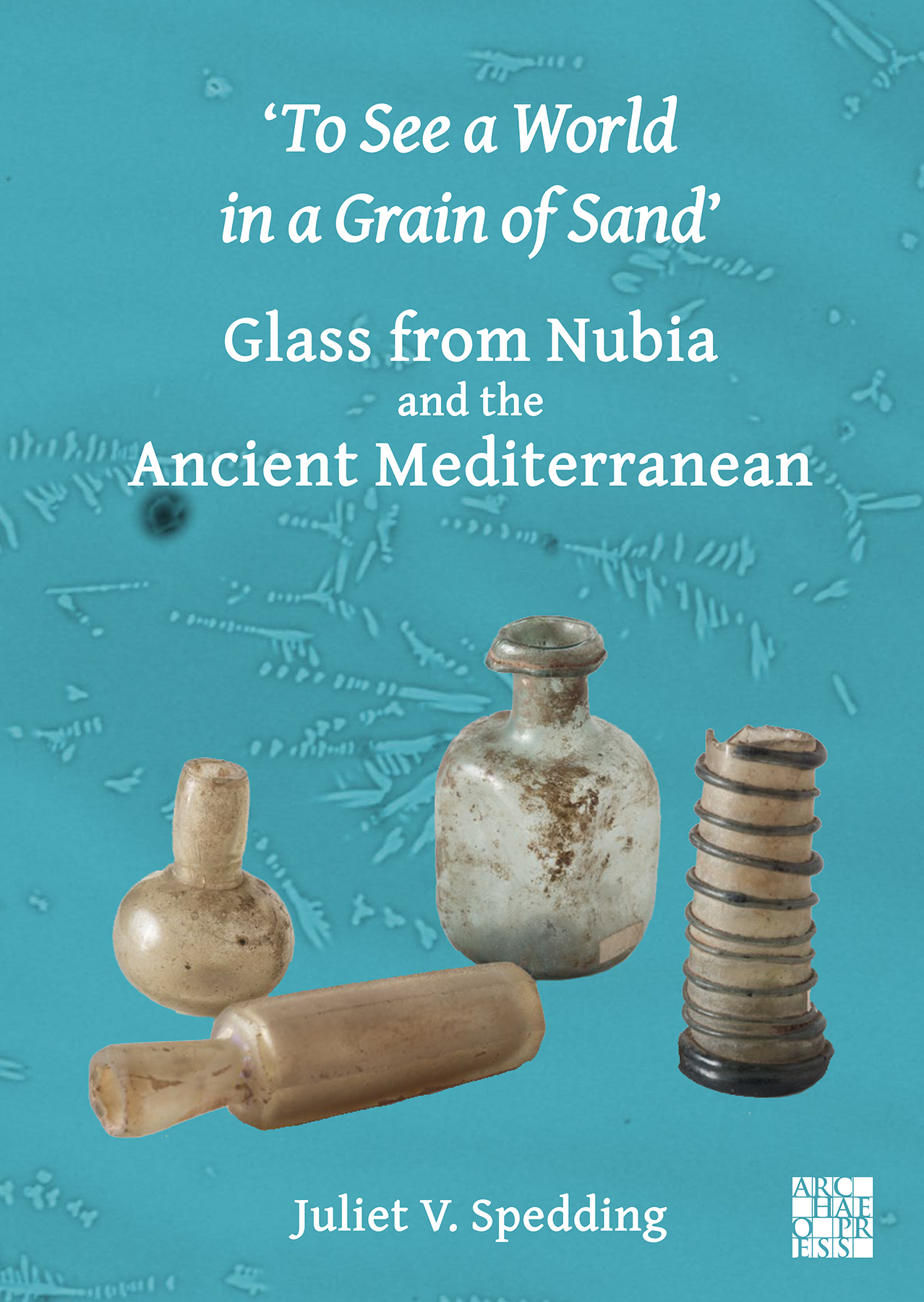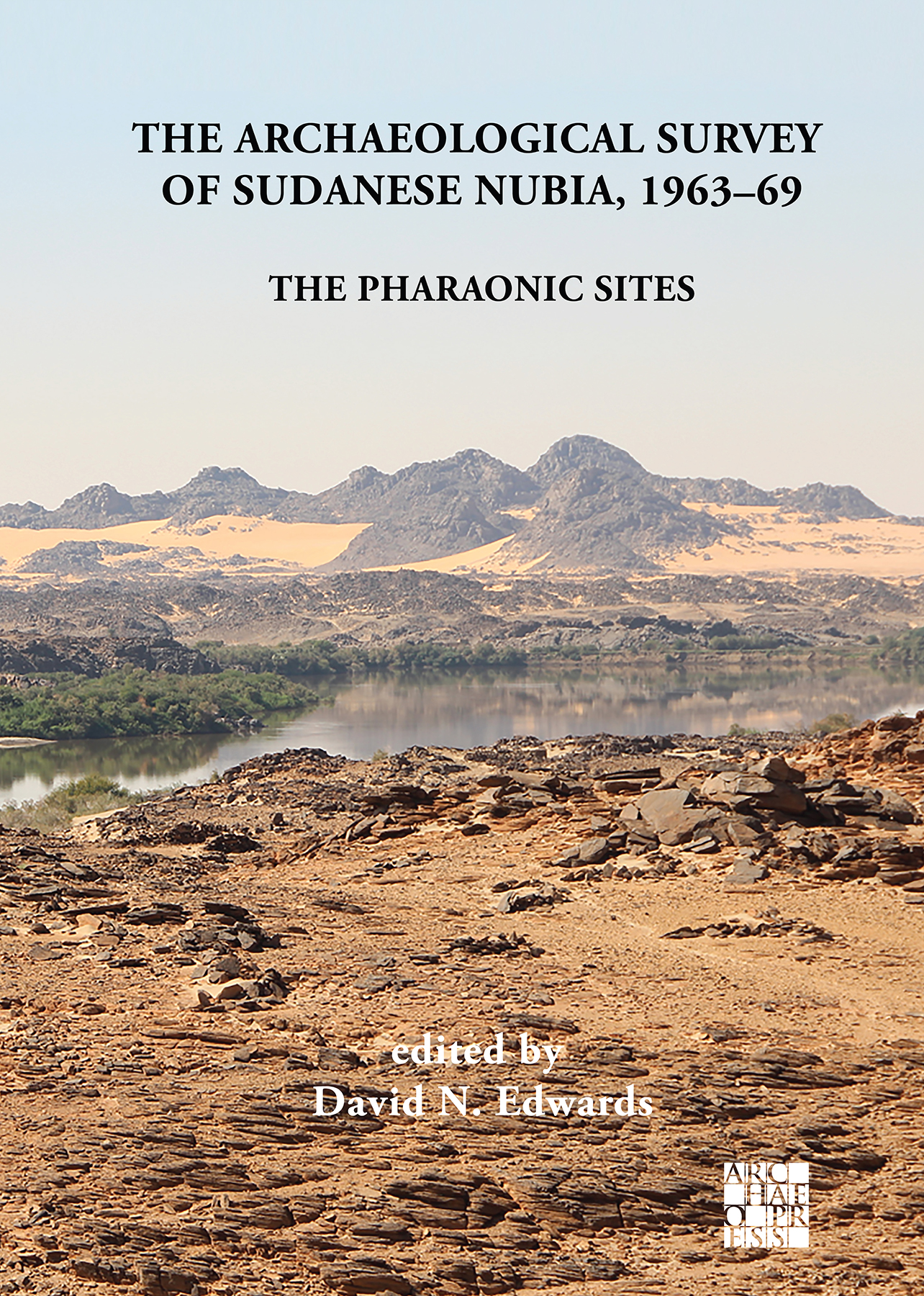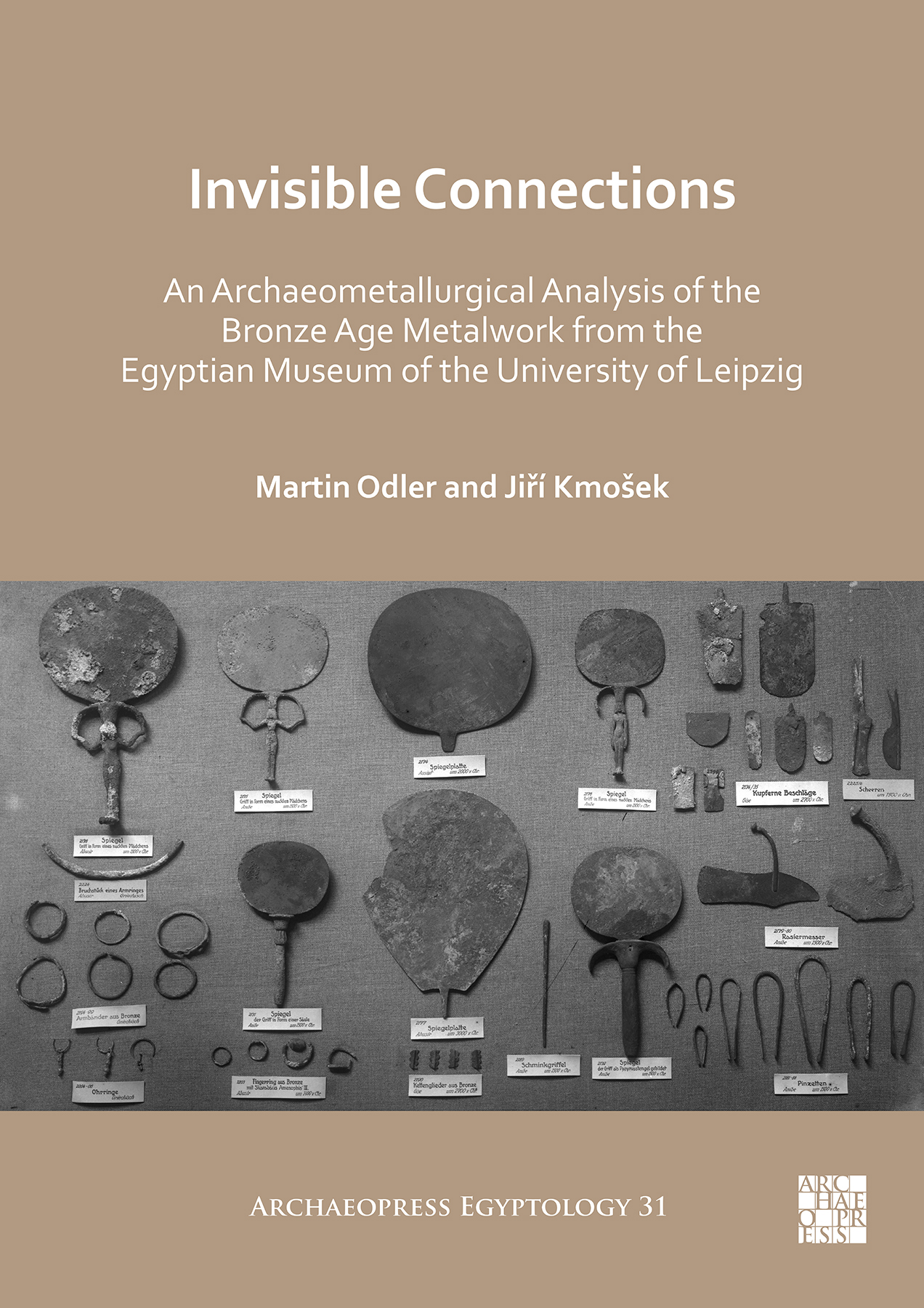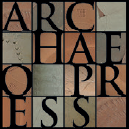
Publishing Scholarly Archaeology since 1997

Download Sample PDF
H 245 x W 174 mm
202 pages
9 figures, 17 tables, 2 maps
Published May 2023
ISBN
Paperback: 9781803274492
Digital: 9781803274508
Keywords
Nubia; Glass; Vitreous; SEM-EDS; Meroitic Period; Early Nobadia; Trade; Materials Science; Exchange; Egypt; Sudan
Related titles






‘To See a World in a Grain of Sand’: Glass from Nubia and the Ancient Mediterranean
Using modern scientific methods, this book examines glass beads and vessel fragments dating from the Meroitic and Early Nobadia periods, providing a new assessment of glass from Nubia. Results reveal interrelationships between trade, technological understanding, and manufacturing choices across the cultures of Sudan, Egypt and the Mediterranean.
Contents
Chemical Oxides (Symbols and Meaning) ;
Timeline of Ancient Egypt and Nubia ;
Acknowledgements ;
Chapter 1: Nubian History, Glass, and Mediterranean Trade ;
Aim and Scope ;
The Nubian Historical Context ;
Ancient Glassmaking ;
The Movement of Goods in Roman Egypt ;
Chapter 2: Chemical Analysis and Archaeological Context ;
Scientific Methodology and Practice ;
The Datasets ;
Concluding Remarks ;
Chapter 3: Results of Chemical Analyses ;
Results: Faras ;
Results: Gabati ;
Results: Meroe ;
Results: Qasr Ibrim ;
Lead Oxide (PbO) and Colourants (Iron (II) Oxide (Fe2O3), Copper Oxide (CuO)) ;
Concluding Remarks ;
Chapter 4: Nubia and the Mediterranean: International Connections through Glass ;
Chemical Components of Glass ;
Low-Lead Glasses ;
Identification of Glass Groups for Nubian Low-Lead Glass Samples 63 ;
Comparisons with Published Analyses of Glasses from the Mediterranean and Near East ;
Comparisons that Showed Strong Similarities ;
Comparison of Pergamon, Bubastis, and Butrint Glasses 69 ;
Comparisons that Showed Strong Similarity to a Single Nubian Site ;
Comparisons that Showed a Degree of Similarity ;
Comparison that Showed a Degree of Similarity to a Single Nubian Site ;
Glass Comparison Results in Context: Primary Production Centres, Material Culture, and the Movement of Goods and Ideas ;
Concluding Remarks ;
Chapter 5: High Lead Glasses and Other Vitreous Materials ;
High-Lead Glasses in Nubia ;
Comparison of Nubian High-Lead Glasses ;
High-Silica Vitreous Material ;
Gabati: Local Industry and Imitation? ;
Concluding Remarks ;
Chapter 6: Conclusions ;
Primary Production Centre(s) (PPCs) ;
Glass Trade: Nubia and the Mediterranean ;
Local Glass Production and Imitation ;
Final Remarks ;
Appendices ;
Appendix I: Egyptian Glass Results ;
Appendix II: Nubian Low-Lead Glass Comparisons to Published Material: Scatterplots ;
Appendix III: Published Material Comparison to Pergamon, Bubastis, and Butrint: Scatterplots ;
Bibliography
About the Author
Juliet Spedding is a former student of the University of Liverpool having achieved her BA in Egyptian Archaeology, MA in Egyptology, and PhD in Egyptology there. Her research interest in Nubia’s history and culture began with her undergraduate dissertation, continuing with masters research through an analytical examination of faience found in Nubia. For her PhD she examined another vitreous material found in Nubia, glass dating to the Meroitic Period, in order to begin to place Nubia into the wider context of glassmaking, glass working, and glass trade of the ancient world. She is currently a postdoctoral research associate at the University of Liverpool on the BEAST (Biodiversity in Egyptian Archaeology during Societal Transitions) project.Reviews
'This volume will be a welcome addition to any university library and archaeological research institute, but this is not an introductory volume, nor is it a volume targeted at a general readership. The technical documentary evidence presented by Spedding will be most useful to researchers engaged in the study of ancient glass production and trade, particularly at a chemical level, as well as archaeologists focussing on Mediterranean regions. The sheer amount of raw data presented also stands to make this contribution an invaluable comparative resource for further examining other areas of the Mediterranean world and beyond through ‘a grain of sand.’' – Robert J. Stark (2024): Bryn Mawr Classical Review

 Add to wishlist
Add to wishlist
